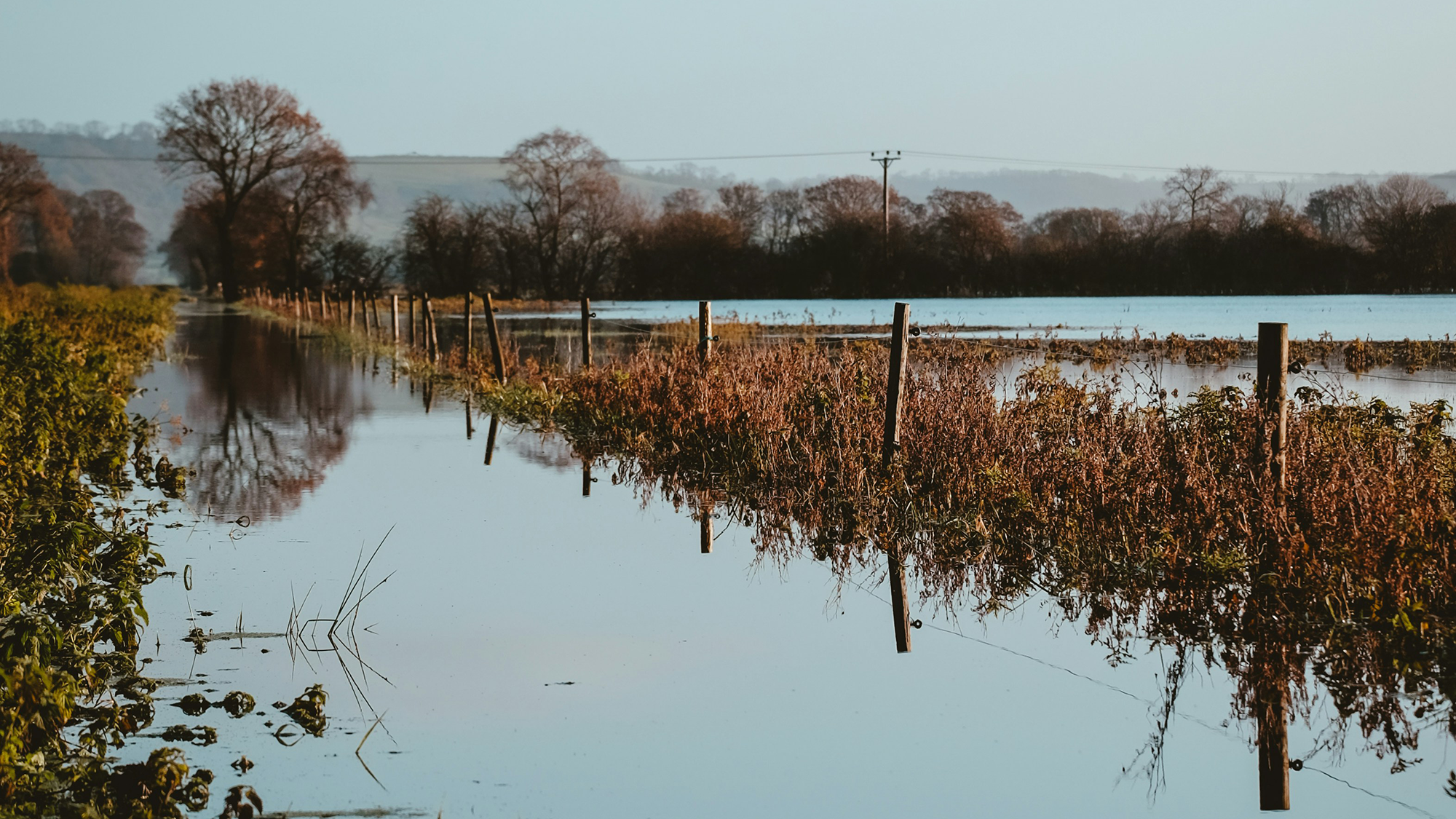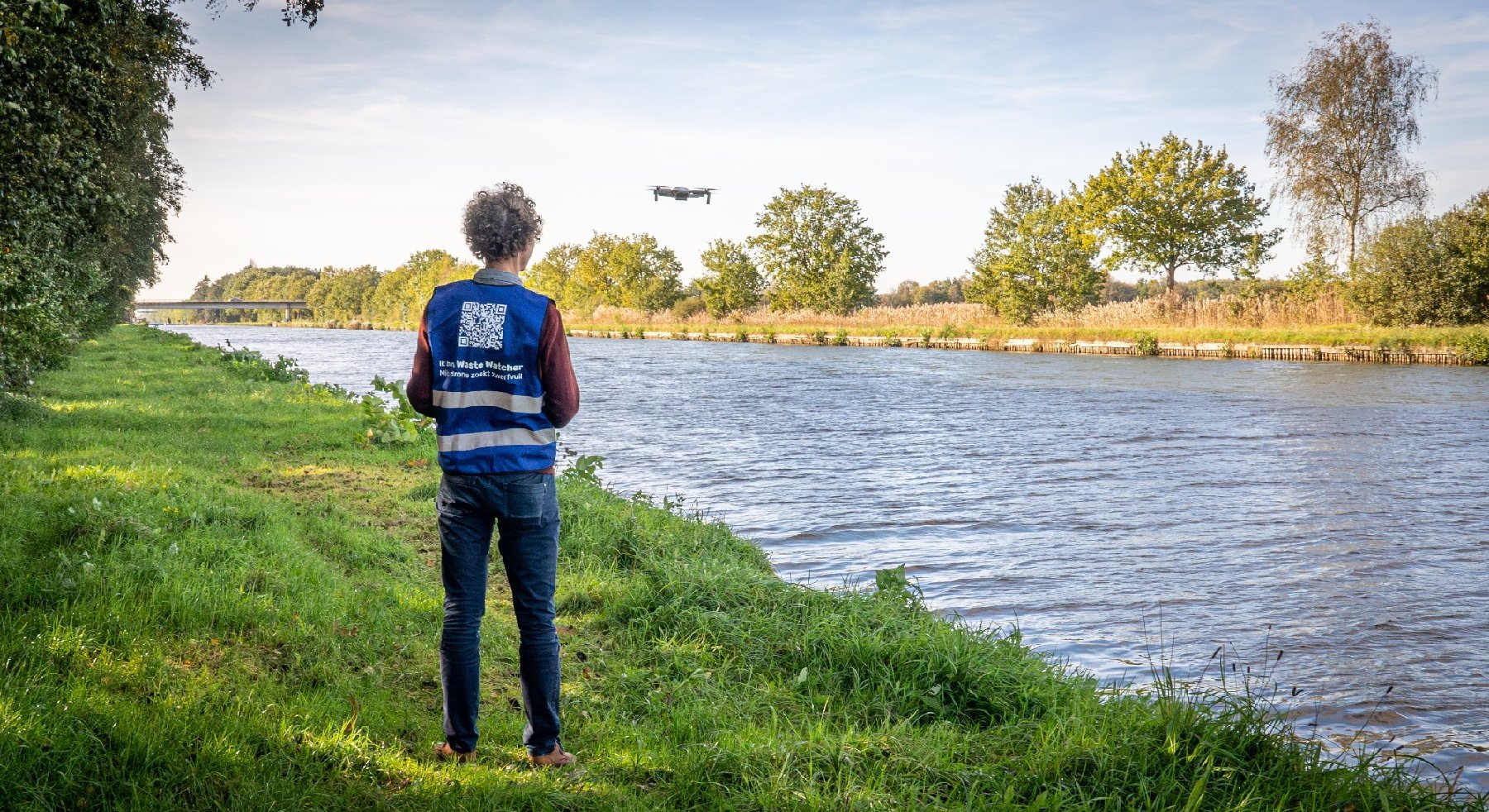Automated processing in all its glory
Image processing, crack detection- dimensioning and positioning along with flight automation, all need to be in place in order to offer you an automated wind turbine inspection tool. The aim is to detect defects and to position them correctly on the wind blades.
With our image processing and analytics expertise we created a user-friendly solution that gives you:
- An orthomosaic overview of the wind blade
- The exact location of all potential defects on the blade
- The defect dimensions
- A database to keep track of the condition and evolution of your blades
SO YOU BOUGHT A DRONE AND A CAMERA …
Feel free to
contact us to see what this means for you. We assist you wherever you need. Based on your drone, camera and required information, we help you to optimize flight operations and camera settings. Once the images are taken, we process them and
provide you an overview of the blade(s) including the location of possible anomalies. The defects (cracks, corrosion, …) can be measured with the highest accuracy and are annotated on the blade so you can
save time and reduce costs.
THE PROMISE OF A MULTI-BILLION INDUSTRY
Wind power is booming, year after year the total installed base is increasing. All those blades eventually will show erosion, cracks and other defects which results in reduced energy production, noise producing windmills or even blade collapse if left unnoticed. Traditionally, blade inspections were performed by risky rope techniques or using cranes. By using drones, inspections can be done at a much higher pace and with much lower costs and risks. The image processing solution completes the process by getting the information to you in just a few clicks.
It was a great challenge for us to come up with a high quality solution to process challenging imagery (the blade texture is pretty uniform) into a correct reconstruction of a wind blade. Applying in house developed measuring and detection technology completed the solution.





